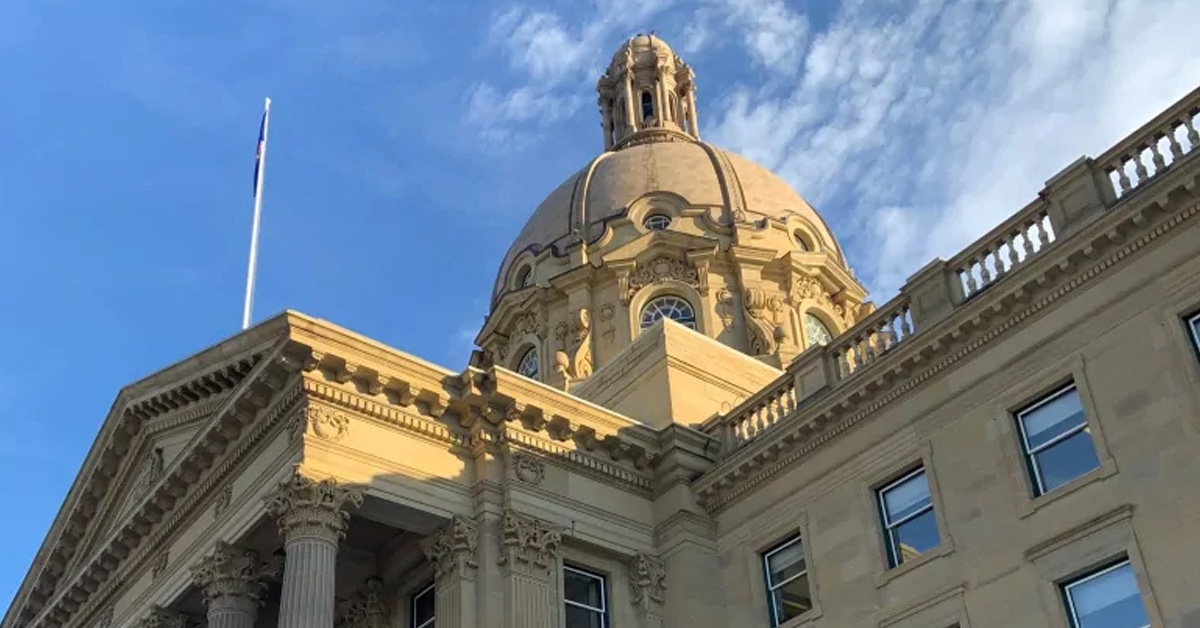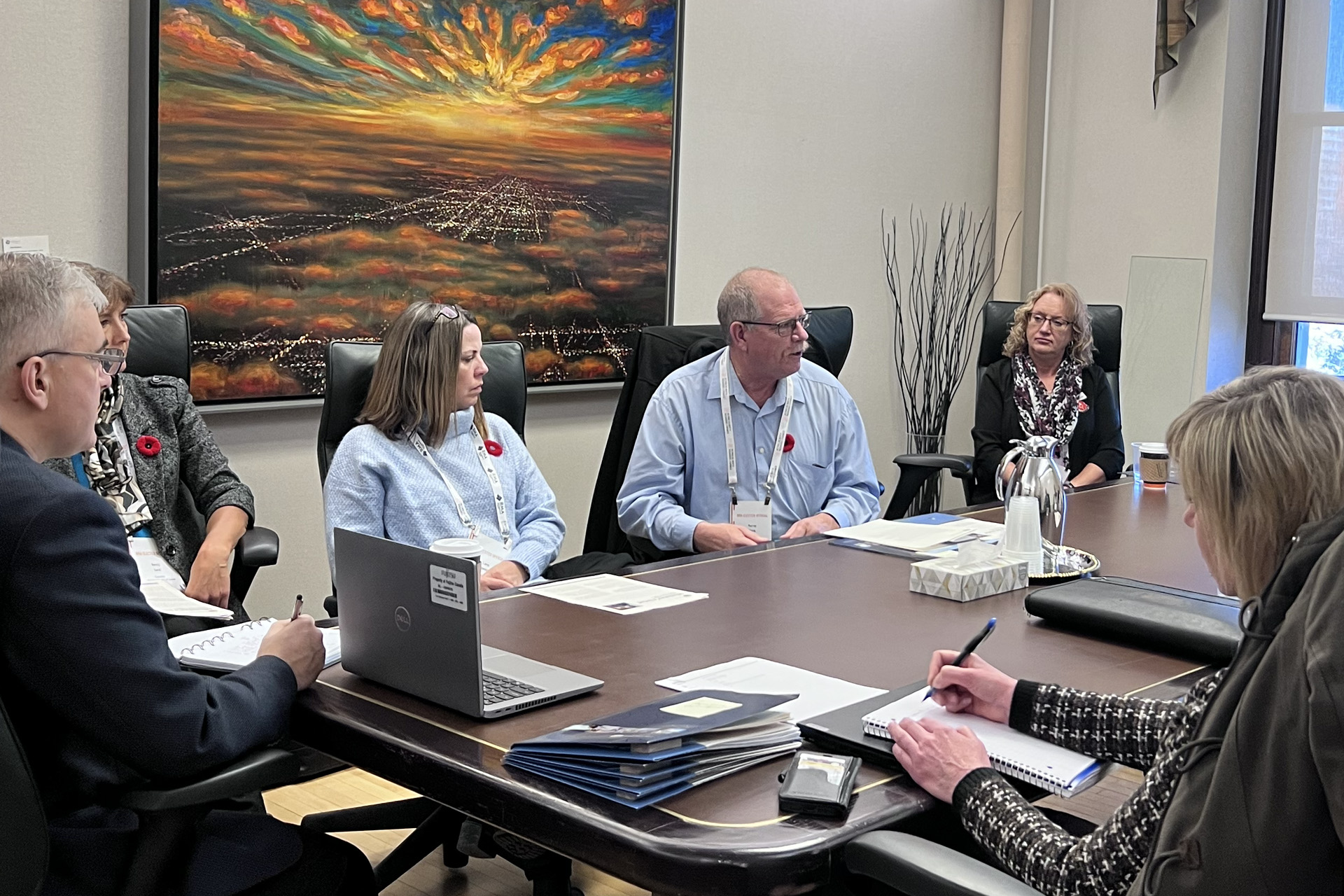
A step in the right direction
Monday, February 20, 2023 marked the end of the MD’s public campaign to garner support for its bid to secure infrastructure financing for the aging Smith Bridge. As of midnight on the 20th, more than 350 submissions were received from a spectrum of concerned local stakeholders.
The support campaign was triggered by the February 4 tour of the Smith Bridge by Minister of Transportation & Economic Corridors Devin Dreeshen. After a thorough briefing by MD representatives on the bridge’s present state and proposed solutions, Minister Dreeshen requested proof of community and industry need that would bolster the MD’s cause during provincial budget deliberations. In response to the Minister’s request, the MD launched a media blitz to elicit support from community members and industry leaders for prioritized provincial infrastructure dollars.
In a matter of days, the MD’s informational website SmithBridge.ca was retooled to allow users to participate in a public opinion survey and choose from a variety of support letter templates (or craft their own). The MD then heavily promoted this website via road signage; community posters; print and digital advertising; and word-of-mouth. In parallel to these activities, MD Councillors contacted representatives from the agriculture, forestry and energy sectors for one-on-one discussions and requests for letters in support of rebuilding the Smith Bridge.
To help provide context and rationale behind the initiative, Councillors and senior administrators shared their perspectives via video interview snippets that touched on different challenges, opportunities and calls-to-action. Posted to MD social media channels and shared with other community partners, these videos helped convey the social hardships and industrial bottlenecks posed by the present bridge, and underscored the importance of public participation in the support campaign.
Given the compressed timeframe for this initiative, MD administrators expected to receive between 40 and 60 letters of support. However, at the end of the week-long campaign, there were more than 350 submissions from community members, seasonal cottagers, oil & gas and forestry representatives, and neighbouring municipalities.
“A typical response rate for these types of activities is between one and five per cent,” stated Chief Administrative Officer Barry Kolenosky.
“We got more than twenty per cent engagement on our homegrown campaign. Not only that — folks actually took the time to submit survey responses and letters of support. Clearly, this issue matters to our residents, business owners and industry leaders.”
“We got more than twenty per cent engagement on our homegrown campaign. Clearly, this issue matters to our residents, business owners and industry leaders.”
— Barry Kolenosky, Chief Administrative Officer
Overwhelming Public Support
Community members ranging in age from 6 to 80 submitted letters to the MD. They shared their fears about what would happen if this vital piece of infrastructure were no longer in service, combined with their aspirations for a thriving and connected community. Many respondents were industry proponents who underscored the economic benefits of rebuilding the Smith Bridge. Other submissions were from local families whose livelihoods depend on unimpeded access to Slave Lake, Mitsue and Marten Hills. Some letters came straight from the heart.
Near the end of the campaign, the MD received close to 40 handwritten letters from the students of Smith School. With authors ranging from grade two to nine, these messages were highly impactful in their passion and sincerity. They commonly cited severed access to friends, family members and social activities as their key sources of worry if Smith Bridge should fail.
MD Reeve Murray Kerik thanked those who took part in the campaign activities, and echoed CAO Kolenosky’s praise of the resounding support from community, industry and local government.
“We’ve long known that the Smith Bridge has a significant impact on individuals, communities, and entire industries,” he commented. “Judging by the response to our recent support campaign, we’re confident that Minister Dreeshen and his fellow decision-makers will get this message loud and clear.”
“I can’t thank the community enough for showing up when we needed them to. This tells me that the Smith Bridge rebuild initiative resonates across our community and business sectors, and it serves as a reminder that when we stand together, we have the power to effect real change.”
The MD has compiled the survey responses and letters of support into a package that will be hand delivered to Minister Dreeshen at the Legislature prior to provincial budget deliberations. In addition to this documentation, the MD has included an additional 235 submissions that were gathered from the online community poll that took place last fall.
Council and administration remain dedicated to the mission of finding and implementing a permanent solution to this legacy bottleneck to economic growth in the Lesser Slave River region. Further updates on this matter will be provided via the informational website SmithBridge.ca and related MD media channels.
Related Posts
November 1, 2023
Council to Meet with Ministers at Fall RMA
MD Council and senior administrators are set to attend the Rural Municipalities…

